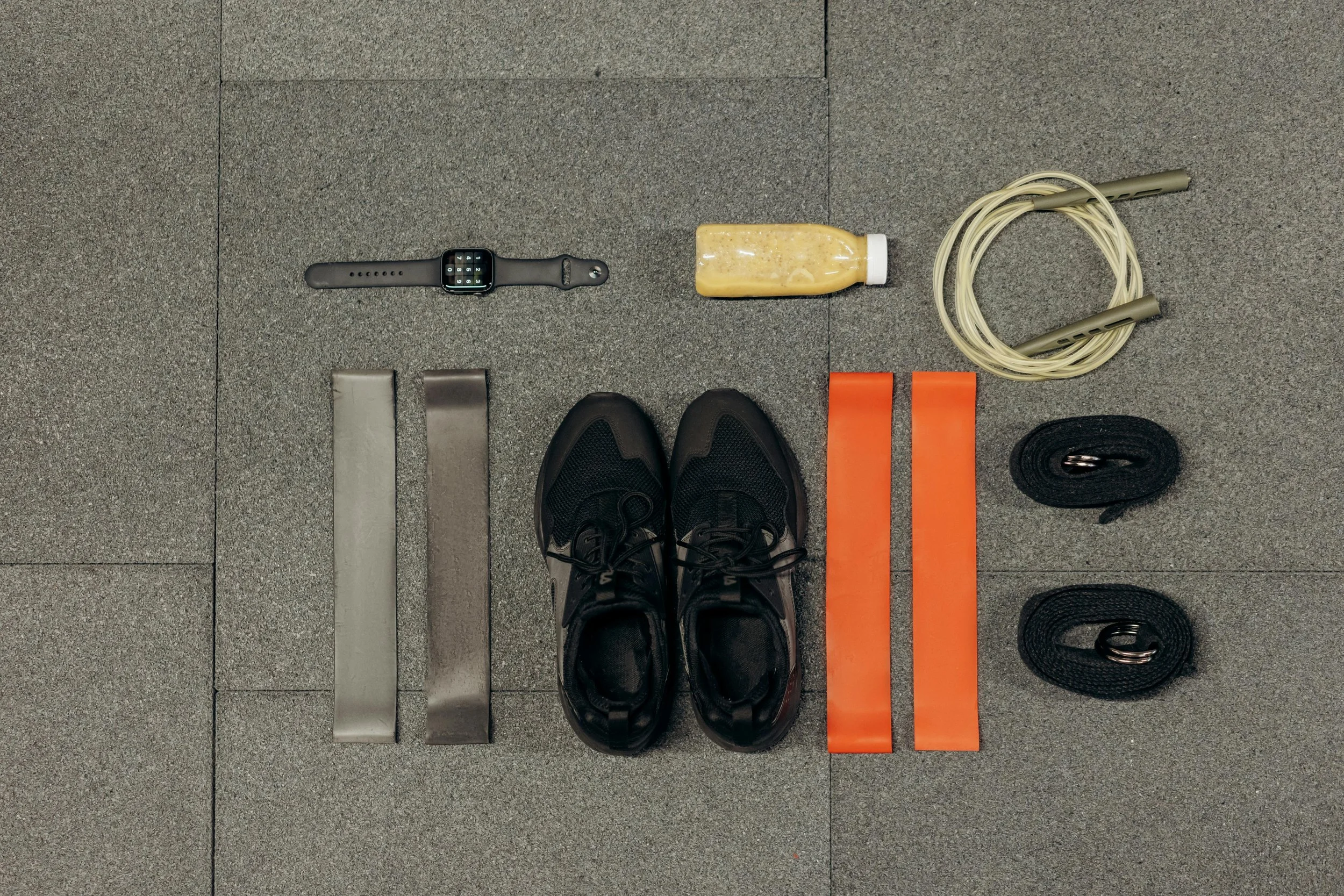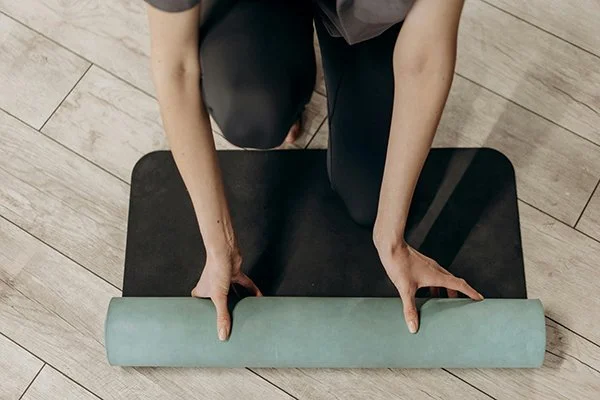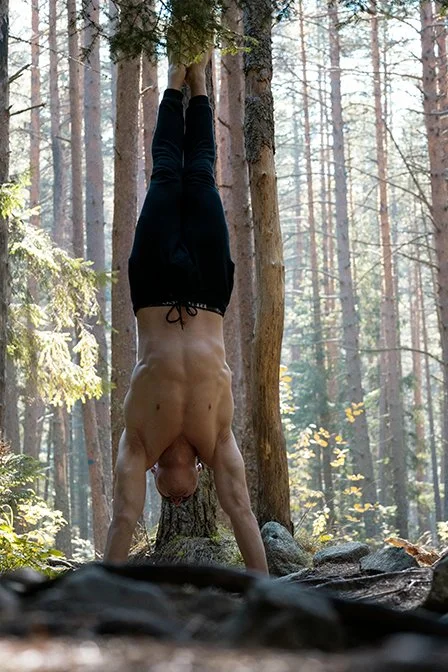How Many Hours of Exercise Per Week?
If you want to start calisthenics or any kind of exercise to be more healthy, you've probably asked yourself: “how much exercise do I need to actually do?”
In a society where we have become increasingly sedentary, our general physical health is in decline. But how much should we actually exercise per week to enjoy the health benefits?
The globally recognized organization, the World Health Organization, has noted the decline in physical activity and has published guidelines that everyone should try to adhere to. These recommendations are echoed on government websites such as the Hong Kong Department of Health.
WHO Exercise Guidelines: How Much exercise is Enough?
The World Health Organization recommends the following:
For Adults (18–64 years old):
At least 150–300 minutes of moderate-intensity aerobic activity or 75–150 minutes of vigorous-intensity aerobic activity per week.
Muscle-strengthening activities involving all major muscle groups at least 2 days per week.
For Youths (5–17 years old):
At least 60 minutes of moderate-to-vigorous physical activity daily, with a focus on aerobic exercise.
Vigorous and muscle-strengthening activities at least 3 days per week.
For Older Adults (65+ years old):
Similar to adults, with an emphasis on balance and strength training.
Why Calisthenics can be your go-to
Calisthenics, also known as bodyweight training, is an excellent way to meet these guidelines. It’s versatile, accessible, and scalable to different fitness levels. Whether you're a beginner or an advanced athlete, calisthenics offers the opportunity to build strength, muscle endurance, and mobility without the need for expensive gym equipment or subscription.
Benefits of Calisthenics:
Improves functional strength
Convenience: You can train simple bodyweight exercises anywhere
Progressive overload: from rows and push-ups to advanced calisthenics moves such as the front lever, planche, and handstand will provide you a constant challenge.
Most important: Staying Active and Finding Joy in Movement
Whether you choose calisthenics, yoga, swimming, bouldering or any other sport, the most important thing is to stay consistent and active. Exercise isn’t just about meeting guidelines—it’s about finding an activity you love and look forward to.
And if you’re someone who prefers variety, mix it up! Do a calisthenics workout one day, go for a run the next, and maybe hit the swimming pool over the weekend. The ultimate goal is to move your body and improve your health while enjoying the process.
✅ Related Questions:
1. What Counts as Moderate or Vigorous Exercise?
Moderate exercise includes activities like walking, cycling at a casual pace, or playing doubles tennis.
Vigorous exercise includes running, swimming laps, or practicing calisthenics at a high intensity.
2. What Happens if I Don’t Meet the Recommended Exercise Guidelines?
A lack of regular exercise can increase the risk of chronic conditions like heart disease, diabetes, and obesity. Even small amounts of physical activity, such as a daily 15-minute walk or light calisthenics such as some push-ups, squats and plank holds, can significantly improve your health.
3. How Can I Stay Active If I Have a Busy Schedule?
Even with a busy schedule, you can meet exercise guidelines by incorporating short, high-effort workouts by cutting down your rest times. For example:
10-minute calisthenics routines with burpees, push-ups, squats, and planks.
Active commuting, such as walking or cycling to work.
Taking the stairs instead of the elevator or escalator.
4. How Do I Stay Motivated to Exercise Regularly?
Find an activity you enjoy, such as calisthenics, bouldering, swimming, running or dancing. Set small, achievable goals, track your progress, and reward yourself for consistency. Joining a community or working out with friends can also help keep you accountable.
5. How Can I Track My Exercise Progress?
Use fitness apps, a journal, or wearable devices to log your workouts, intensity levels, and duration. Tracking your progress can help you stay consistent, motivated and ensure you meet weekly exercise recommendations.
6. How to achieve your first floor push-up
Building your foundational pushing strength
Wall push-ups - wardrobe push-ups - chair push-ups - floor push-ups
From vertical to more horizontal
Keep elbows Tucked to your body
Protract your Scapula at the top and retract at the bottom
📣 Want Help Getting Started?
If you're in Hong Kong and need help with form, motivation, or a personalized plan, I offer 1-on-1 coaching and small group classes. Whether you're training in your flat or at an outdoor park, I’ll help you build strength and confidence through calisthenics.
👉 If you still have trouble getting started, WhatsApp me to have a trial personal training session or get on the waitlist for the group classes.
Or if you are still hungry for more information:
What if you lack motivation to kickstart your exercise habit?
Where to exercise in Hong Kong: Tsim Tsa Tsui, Sai Ying Pun, Tai Po, or more!




